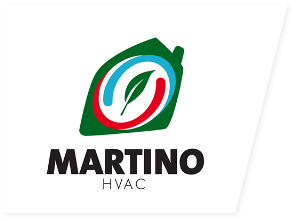Published on: April 05, 2024
A Closer Look at How Furnaces Function
In the colder months, a reliable furnace is essential for keeping your home warm and comfortable. Understanding how furnaces function can help you troubleshoot issues, perform basic maintenance, and make informed decisions about repairs or upgrades. In this article, we will take a detailed look at the inner workings of a furnace, from the initial heating process to distributing warm air throughout your home.
The Basics of Furnace Operation
Furnaces are a key component of your home’s heating system. They work by burning fuel (such as natural gas, oil, or propane) to generate heat. This heat is then transferred to the air, which is blown through your home’s ductwork by a fan. As the warm air circulates, it raises the temperature of your living space, providing much-needed comfort during the colder months.
Key Components of a Furnace
1. Thermostat: The thermostat is the control center of your furnace. It signals the furnace to turn on when the temperature drops below a certain set point and to turn off once the desired temperature is reached.
2. Burners: The burners are responsible for igniting the fuel and creating a flame. This flame heats up the heat exchanger, a crucial component that transfers heat to the air passing through it.
3. Heat Exchanger: The heat exchanger is a set of tubes or coils that absorbs heat from the burner’s flame. As the air passes over the hot exchanger, it is warmed up before being distributed throughout your home.
4. Blower Motor: The blower motor propels the warm air through the ductwork and into the various rooms of your home. It is controlled by the thermostat to ensure a consistent temperature throughout the house.
Understanding the Heating Cycle
The heating cycle of a furnace consists of several stages:
1. Ignition: The thermostat signals the furnace to turn on, activating the burners. The burners ignite the fuel and create a flame.
2. Combustion: The fuel burns inside the heat exchanger, heating up the metal surfaces. The heat exchanger absorbs this heat and transfers it to the passing air.
3. Distribution: The blower motor kicks in, pushing the warm air through the ductwork and into the rooms of your home. The air circulates, raising the temperature and providing warmth.
4. Shutdown: Once the desired temperature is reached, the thermostat signals the furnace to turn off. The burners stop burning, and the blower motor ceases operation until the next heating cycle is needed.
The Importance of Regular Maintenance
To keep your furnace running smoothly and efficiently, it is essential to schedule regular maintenance with a reputable HVAC service provider like Martino HVAC. With over 30 years of experience serving the Greater Toronto Area, Martino HVAC offers expert furnace maintenance, repairs, and installations.
By understanding how furnaces function and recognizing the key components of a furnace system, you can better care for your heating system and ensure your home stays warm and comfortable throughout the winter months. Contact Martino HVAC today for all your furnace maintenance needs in the Ontario, Canada region.


